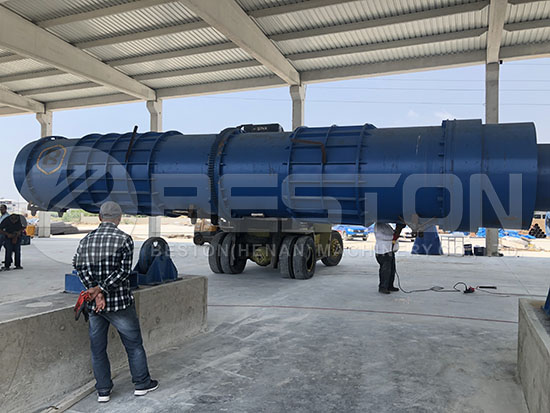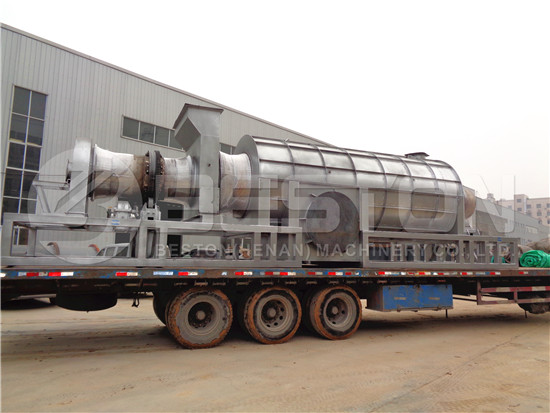Coconuts are abundant and virtually inexhaustible resources that exist in every corner of the planet populated with humans. Best of all, the nutritious and benevolent coconut has thousands of different uses and applications in every industry for human need. Advanced purification systems, cosmetics, and a world of healthy foods and nutrition are available in the coconut. In today’s article, we will introduce a new method to make full use of coconut shells – charcoal production line.

Charcoal Making Plant in Turkey
There are many ways to create high-quality charcoal from coconut shells. Modern coconut shell charcoal machines can accomplish this process in massive quantities. But, for today’s purposes, we will describe the coconut shell charcoal making process in simple terms you can even try out yourself if you feel so inclined.
With a set of charcoal making machine, you can build your very own coconut shell charcoal making machine, here’s how:
How to Build a Coconut Shell Charcoal Making Machine
Begin by mentally dividing the barrel into three sections of operation, the top third, middle third and bottom sections. Drill around 6 evenly-spaced 1.5 inch holes into each section in an orderly fashion. These holes will need to be closed and opened to control the amount of air inside the kiln. You will need to fashion a crude chimney that can be removed and applied as needed.
The magic of biomass pyrolysis is making charcoal from coconut shell. This is accomplished by burning the coconut shells with a very little amount of oxygen.
Add your coconut shells to the bottom section of charcoal making furnace. Leave a circular section in the middle where you will be able to begin the fire. Use a few kerosenes sprinkled coconut shells to begin the fire at the bottom of the barrel. Once the fire is burning, fill the middle and top sections with coconut shells as well.
As you begin to see the flames rise higher, you will need to close the air-intake holes in the middle and upper sections add the chimney to the top as well. As the charcoal begins to form the coconut shells will sink lower in the barrel, this will be the sign to begin adding more and keep the kiln full at all times
The holes in the bottom section will be the only ones opened at this point and once you see the glow of coals rather than dancing flames, you know the coconut shells in the bottom section have successfully made the transformation into charcoal. You can now close the holes on the bottom of the kiln to extinguish their burning. Here is a palm shell carbonization machine from Beston to Ghana.

Palm Shell Carbonization Machine to Ghana
Now open the holes for the middle and upper sections. As you notice the same tell-tale low move on upwards to the middle section, close the holes here as well. Don’t forget to continuously be adding more coconut shells as more space is cleared. Keep reading to know more about Beston equipment: https://bestonasia.com/biochar-production-equipment/.
Finally, once the top section has also been transformed and glows with burning coals, you can close that sections as well. Now all the holes are closed and the final stage of the process can begin. Allow the kiln to stand for around 7 to 10 hours. Be sure that there is no fire left burning inside when you come to open your kiln or the entire batch of high-quality charcoal will go up in smoke. You can find more videos from Youtube. The videos will help you understand the charcoal making process better.